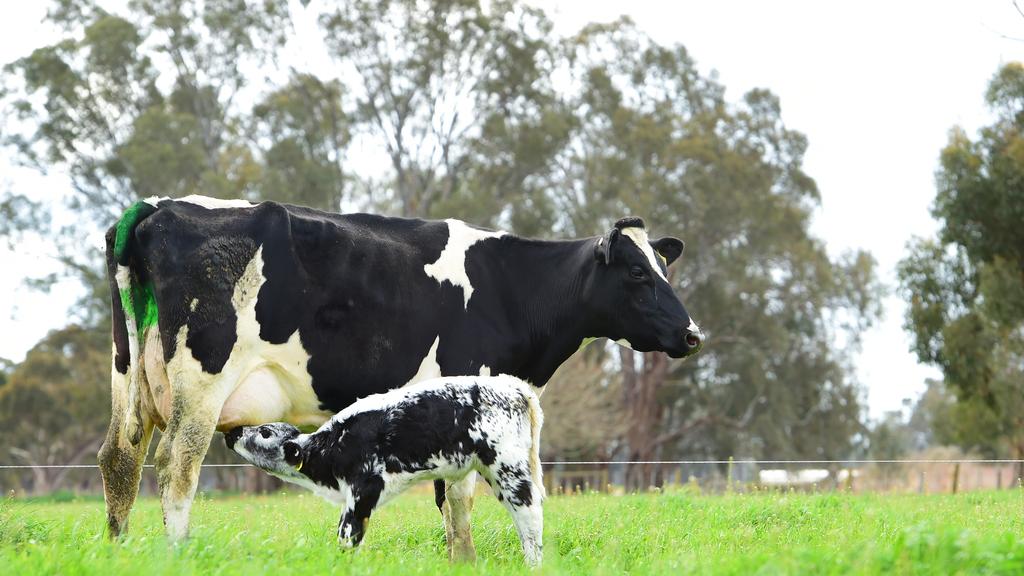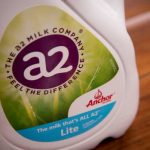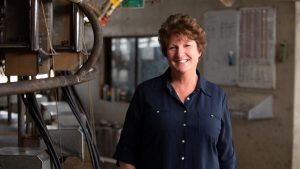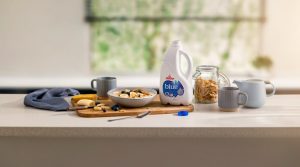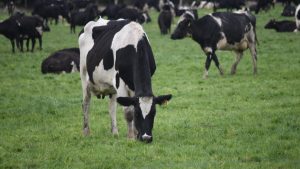
Commenting on the state of the dairy industry, as ABARES released its March outlook yesterday, chief commodity analyst Peter Gooday said dairy was a “notoriously volatile” commodity, but this was largely due to its exposure to seasonal conditions — such as droughts that drove up fodder prices — and to world markets.
“Dairy has a lot of trade exposure. We have to remember that about 74 per cent of Australia’s milk is exported, so what happens on the world dairy product markets flows through to the farm gate,” Mr Gooday said.
“$1-a-litre milk may have an impact on some farmers, but historically, the relationship between farmgate milk prices and world dairy markets is very strong.
“Retail prices here do make a bit of a difference, (but) the exchange rate variation and world dairy prices explain most of the changes (at farm ate).
“That is going to happen when three-quarters of milk is exported.”
His comments come as the ABARES report confirms Australian dairy incomes have plummeted in the current financial year, largely due to rising costs caused by the drought.
Seventy-five per cent of dairy farms were expected to record lower farm cash incomes in 2018-19.
Nationally, average dairy farm incomes were expected to fall from $160,900 in 2017-18 to $93,000 this financial year.
While ABARES has forecast a rebound in farm production across all commodities next year, this was conditional on a return to normal rainfall.
Dairy continues to rate as the fifth-best commodity, in terms of rate of return on investment, according to the latest ABARES figures.
The five-year average ROI figures for broadacre commodities, including land value appreciation, has dairy returning 5.2 per cent.
Cropping returned 8.2 per cent, followed by sheep-beef enterprises at 6.4 per cent; mixed livestock and cropping businesses 6.3 per cent, sheep at 5.3 per cent, with beef only farms at 4 per cent.
